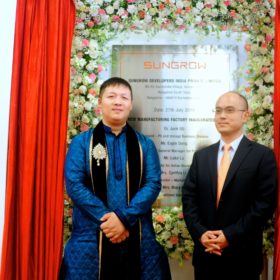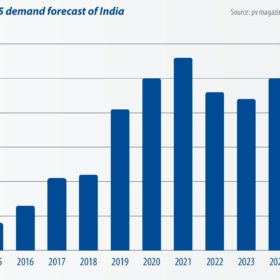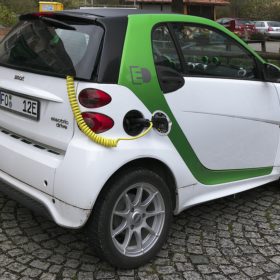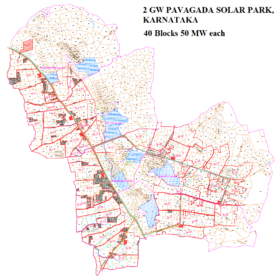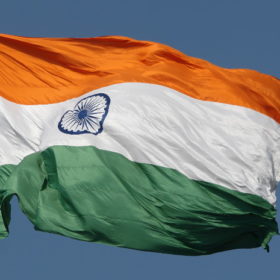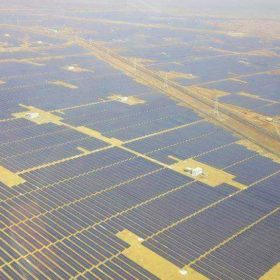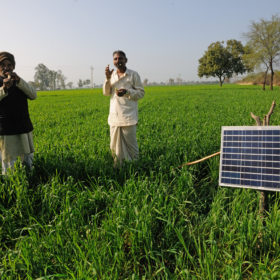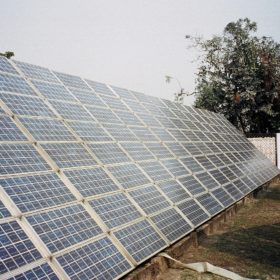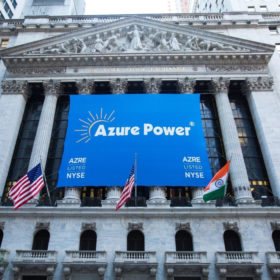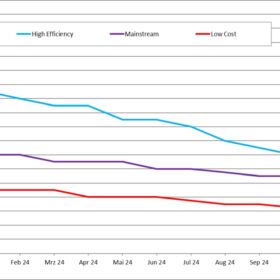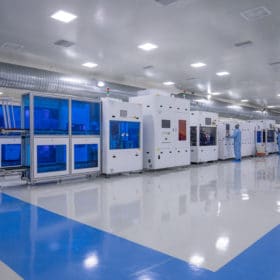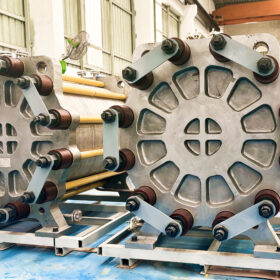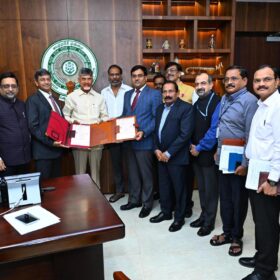Sungrow opens 3 GW PV inverter factory in India
The Chinese solar PV inverter manufacturer officially opened its first non-domestic fab today: a 3 GW central and string inverter factory in Bengaluru, Karnataka. It is targeting a 50% market share in India in 2019, and mulling setting up an R&D center in the country. pv magazine attended the inauguration.
India’s trade war will have global repercussions
India is currently the second largest market in the world for PV module demand. With China’s domestic demand frozen since the 31/5 notification, the country’s total module demand in 2018 will likely only achieve 32-34 GW. This will allow India, which may surpass 10 GW in annual demand, to reach 13% of global PV demand this year. As a result, the future of India’s trade war has become an influential factor in the global PV industry.
India: GST on li-ion batteries cut by 10%
India’s energy storage industry feels the government’s move to reduce GST on lithium-ion (Li-ion) batteries from 28% to 18% will benefit electric vehicles and the renewables sector. The government has also cut GST on the raw materials for battery manufacturing, to jump-start domestic industry.
Solar is turbocharging Karnataka to renewables leadership
The remarkable 4 GW of solar capacity added last year has seen the state displace Tamil Nadu as the nation’s renewables top dog. And there is more to come, according to a new report, with PV set to account for a third of rising energy demand over the next decade.
Indian duties could jeopardize 27 GW of solar projects
Calling for a complete exemption of the 25% safeguard duty on solar equipment, India’s Solar Power Developers Association (SPDA) says, if imposed, it will jeopardize the viability of around 27,000 MW of solar projects involving an investment of more than Rs 1 lakh crore (around US$15 billion). Other key players also speak out against the tariff plans.
Greenko’s 2.75 GW solar, wind, storage project approved in Andhra Pradesh
Greenko Energies will set up India’s largest Integrated Renewable Energy Project (IREP) in Andhra Pradesh at an investment of INR 150 billion (US$2.2 billion). Recently approved by the Andhra Pradesh government, the project will comprise 1,000 MW of solar energy, 550 MW of wind energy and 1,200 MW of standalone pumped storage capacities. It is expected to provide employment to 15,000 people during construction and 3,000 people after construction.
Global off-grid renewable capacity tripled between 2008 and 2017
While Africa has emerged as a dynamic, fast-moving hub, Asia leads in capacity deployment with its total capacity more than tripling to nearly 4.3 GW in 2017 from 1.3 GW in 2008, finds IRENA. Particularly, in India, a strong policy has pushed deployment of off-grid solar for agriculture and public end-uses.
EU MIP decision to have more effect on Indian PV market than safeguard tariffs
The proposed safeguard tariffs on imports from China and Malaysia are expected to generate a number of painful short-term impacts. Overall they are not expected to change much in the market, however, says TrendForce. What will have a bigger effect is the EU’s final MIP decision, due in September.
25% safeguard duty will threaten ongoing solar PV projects
The two-year period of the recommended safeguard duty is very short, discouraging any investment in setting up new solar manufacturing capacity, say analysts and companies pv magazine spoke to. At the same time, for solar project developers, the duty will impact tariffs to the tune of 12-15%, posing an immediate threat to viability of projects under execution, they add.
Azure Power wins 300 MW project to surpass 3 GW portfolio
The independent power producer has continuously expanded its project pipeline, routinely winning multimegawatt tenders. The latest winning bid relates to a pending PPA at Rs2.64 per kWh.
